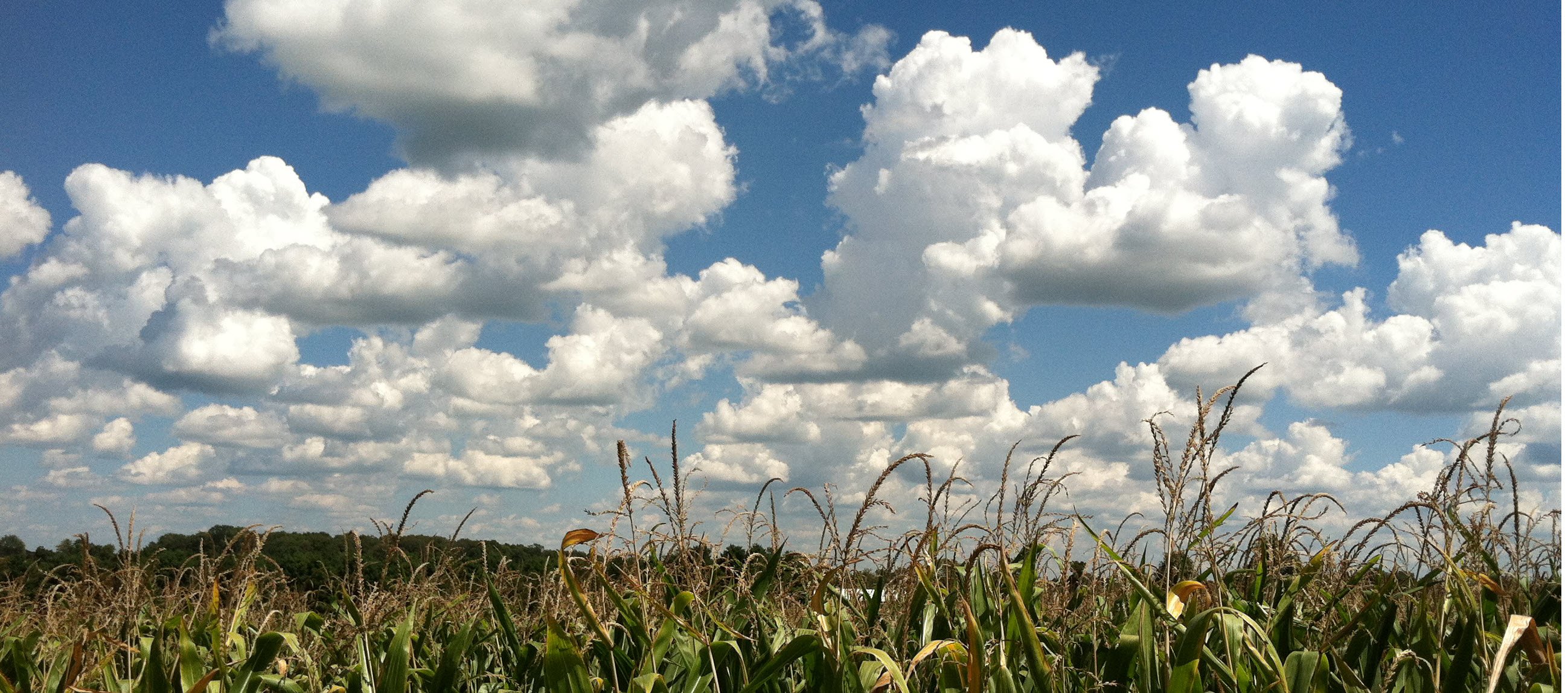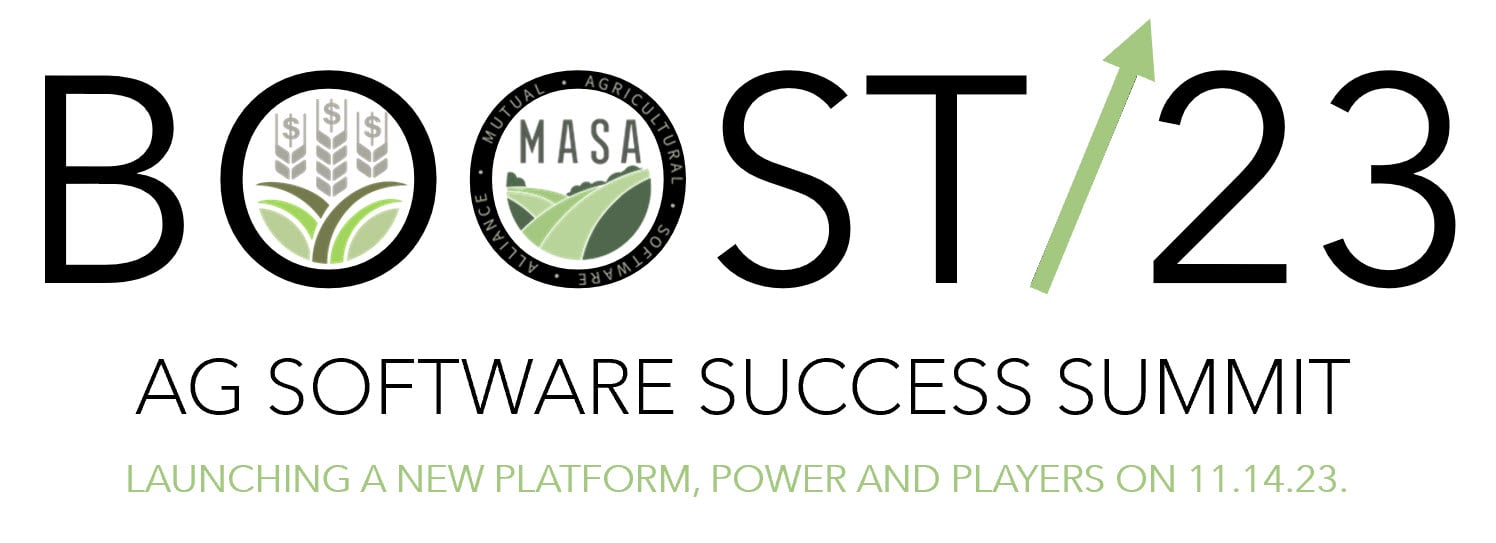The idiom “lean and mean” often refers to someone getting in shape and preparing for a challenge. It’s not too far off, honestly, when we refer to getting lean in business. It suggests that there are significant challenges ahead and getting in shape, financially and more, means getting lean so you can withstand the potential fight ahead.
Given recent farm financial forecasts, getting lean should be on the agenda for nearly every farm operation out there. Not only will it help manage the margins on the horizon, but it can also help keep you profitable in the future as well.
Farm Forecast: Multiple Factors Drive Forecasted Dip in Farm Financial Health
For anyone, which should be everyone, following agricultural sector financial forecasts, it should come as no surprise that the outlook is less rosy than we’d like. However, for most of us, this isn’t the first lean, tight, or challenging year we’ve faced.
What’s interesting, is that nearly across the board from animal and animal products to corn and soybean crops, receipts of nearly every crop are expected to be lower. However, wheat and hay may experience an uptick, so depending on the type of cropping strategy you’re following, you may be able to balance things out, though for many, that’s not likely given the other limiting factors.
More specifically, high expenses, “production costs, global competition, geopolitical risks, drought and demand headwinds are among the main drivers” of the lower financial forecast for the agricultural sector through 2024.
While it’s often difficult to get widespread agreement regarding predictions and forecasts, these results are part of a new initiative that surveys agricultural economists from across the country and so while there may be fluctuations, by and large these forecasts are expected to hold.
What Agricultural Farm Forecasts Means for Your Farm
With any luck, this isn’t your first rodeo and if it is, you’ve still likely got some well-seasoned veterans on hand who can help you look at where you stand and how you can best ride this out. It's why reliable forecasting is so important and why benchmarking is a valuable way to measure your preparation and response. You still have time to pivot.
Still, if your primary profit centers are among the areas where we’re expecting to see some significant declines, then now is the time to start making adjustments and flexing your farm management accounting muscles. Through a close analysis of your profit and cost centers, staying lean when and where you can, diverting capital expenses, and more, you can weather the expected downturn.
 Lean Farm Management in the Face of Increased Competition
Lean Farm Management in the Face of Increased Competition
Are you running a lean farm? What exactly does that mean? While some may see it as scraping by with the bare minimum; that’s misunderstanding the strategy. Lean farm management shouldn’t feel as if you’re falling short or underperforming. Instead, it should feel like you’re wisely using the resources you have on hand from labor
When it comes to lean farm management, we mean using management accounting to leverage farm information with the goal of improving whole farm communication, maximizing production, limiting waste across all resources, and identifying friction points that impact your ability to do the former three activities (communicate, produce, decrease waste). For example, if profit center managers are scrambling to look for resources, is that the best use of their time? Are you paying more for seed, fertilizer, feed, or other production cost resources because you ran short?
For many farms, labor costs are among the biggest, and given labor shortages and rising wages, understanding how to best utilize human resources on your farm takes understanding of which profit centers are bringing in enough to cover overheads and which are unsustainable given all the variables. However, there are other ways you can analyze your farm, from putting an eye on agricultural processes to gathering data and improving your farm information level.
While observing how your farm runs, from the day to day tasks that consume most of your time to seemingly small tasks that become time consuming due to inefficiencies, gather as much data as you can. You’ll want to consider every aspect of your cost and profit centers from overhead and production costs to profit and time to market. That data needs to be aggregated in the same place to give you a holistic view of your operations and help you identify waste. That’s where a farm ERP solution comes in.
Get Solutions for Effective Farm Accounting Now
Let’s be honest, real farm growth happens in the back office, not the field. How you manage your information (and increase your information level) directly impacts your overall business health and farm profitability. In short, the tools you buy for use in the field or barn are only part of the equation.
More specifically, decision support, as a farm ERP solution provides, helps farm managers analyze both business and operational data to simplify and increase operational efficiencies. Further, higher levels of data collection and aggregation can improve decision-making or problem-solving, especially when it comes to staying lean, managing inflation, and cutting overhead.
A farm ERP solution can offer full enterprise analysis and control allowing you to apply management accounting principles to streamline everything from the back office and record keeping. Office administration systems allow you to streamline administrative and clerical tasks while forecasting, strategizing, and adjusting as needed.
Staying lean, not just in times of financial uncertainty, but always, can boost farm profitability. And still, getting lean takes work. It takes some investment, on the tech side, to ensure you’re prepared to automate some processes and get your financial affairs in order. While you devote time to the fields and barns in effort to boost productivity, often the real solutions are in the back office.
Accurate and up-to-date record keeping can help you stay lean by helping you determine how you’re allocating resources and expenses and understand where your income is coming from and target the cost and profit centers doing the heavy lifting so you know where to invest. Further, it allows you to pivot and adjust as needed, especially, again, when financial forecasts show rough weather ahead.
Gathering data from across your operation and funneling it to the back office where it can provide valuable insights and decision support, requires the right tools. If you’re ready to talk about how a farm ERP solution can improve your farm information level and help you take smart, strategic action based on that data, get in touch with the FBS Systems team today.
















